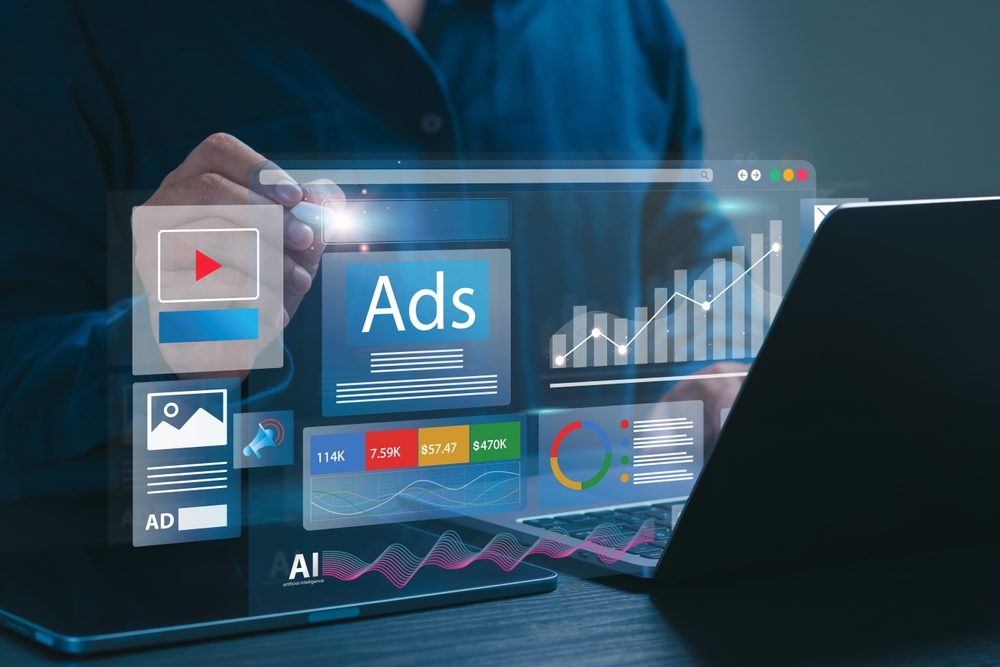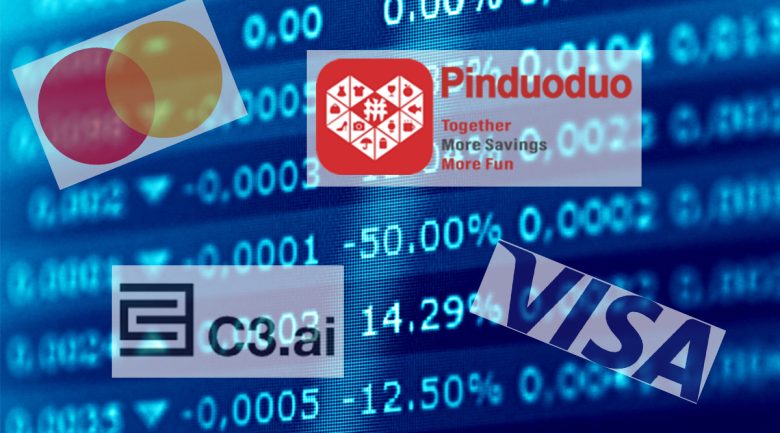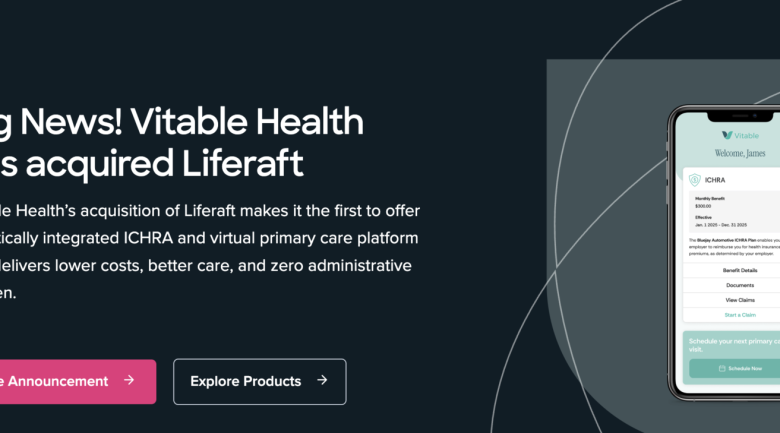Small businesses can now achieve Fortune 500-level advertising results on a shoestring budget. AI-Powered Advertising is revolutionizing how SMBs approach their marketing strategies, delivering unprecedented efficiency and effectiveness. By leveraging machine learning and predictive analytics, these intelligent solutions optimize ad targeting, automate bid management, and personalize ad content in real-time. The result? Dramatically improved conversion rates, reduced ad spend waste, and a marketing ROI that was once unimaginable for businesses of this size. As we move into 2025, SMBs that embrace AI-Powered Advertising aren’t just competing—they’re outmaneuvering larger competitors in the digital marketplace, turning data into dollars with every click.
1. AI-Driven Audience Targeting for Higher Conversions
One of the biggest challenges in advertising is reaching the right audience. AI-powered tools analyze vast amounts of data to segment audiences based on behavior, demographics, and interests.
Example: A local bakery using Facebook Ads’ AI-driven audience insights can target users who frequently search for pastries, follow food bloggers, or engage with similar businesses. Instead of running generic ads, AI refines the audience, ensuring promotions reach potential customers most likely to convert.
How to Implement:
- Use Google Ads Smart Bidding to adjust bids based on conversion probability.
- Leverage Meta Advantage+ Audiences to automate and refine targeting.
- Implement AI-powered CRM tools like HubSpot to track customer behavior and segment audiences effectively.
2. Smart Ad Copywriting and Creative Optimization
AI-powered platforms enhance ad creatives by analyzing engagement data and optimizing text, images, and calls to action. This leads to higher click-through rates (CTR) and reduced ad fatigue.
Example: A boutique fashion store using Persado or Copy.ai can generate compelling ad copy tailored to different audience segments. If analytics show a preference for urgency-based messaging, AI automatically adjusts future ads to include phrases like “Limited Stock!” or “Only a Few Left!”
How to Implement:
- Test AI tools like ChatGPT for ad copy variations.
- Use Canva’s Magic Design AI to auto-generate high-performing creatives.
- Enable Google Performance Max to dynamically adjust creatives across multiple ad placements.
3. Automated Bidding and Budget Allocation
Manually managing ad budgets often leads to wasted spending. AI-powered bidding strategies analyze past campaign performance and adjust bids in real time for optimal spending.
Example: A home cleaning service using Google Ads Smart Bidding can allocate a higher budget toward users with a higher likelihood of booking a service, reducing spend on low-intent audiences.
How to Implement:
- Activate Facebook’s Automated Rules to scale ad spend based on performance.
- Use Google’s Target CPA (Cost Per Acquisition) to automatically adjust bids for profitable conversions.
- Leverage Adzooma to automate budget distribution across different ad platforms.
4. AI-Powered Retargeting for Increased Sales
Retargeting ensures businesses don’t lose potential customers who previously engaged but didn’t convert. AI refines this process by predicting the best timing, messaging, and channels for retargeting campaigns.
Example: A handmade jewelry brand using Criteo AI Retargeting can serve personalized product ads to shoppers who browsed but didn’t purchase. AI analyzes user behavior to determine whether to offer a discount or simply remind them about the item.
How to Implement:
- Use Meta Advantage+ Shopping Campaigns for personalized retargeting.
- Implement Google Display & Video 360 for automated cross-platform retargeting.
- Deploy AI-powered email retargeting tools like Klaviyo to re-engage past visitors.
5. Predictive Analytics for Smarter Decision-Making
AI doesn’t just automate—it predicts. By analyzing historical data, AI helps businesses anticipate trends, optimize marketing spend, and create proactive advertising strategies.
Example: A fitness studio using Tableau AI Analytics can predict seasonal spikes in memberships and adjust ad spend accordingly, ensuring promotions run during peak interest periods.
How to Implement:
- Use Google Analytics 4 AI insights to track trends and adjust campaigns.
- Apply Predictive Audiences in Facebook Ads to identify users most likely to convert.
- Integrate AI forecasting tools like Hootsuite Insights for social media ad strategy planning.
6. AI Chatbots for Instant Lead Conversion
AI chatbots streamline lead conversion by engaging potential customers in real time. Instead of waiting for a manual response, AI-driven chatbots answer queries, recommend products, and capture leads automatically.
Example: A digital marketing agency using ManyChat can engage users who click on a Facebook ad, qualify leads through an AI-driven conversation, and direct them to book a consultation—all without human intervention.
How to Implement:
- Set up Drift AI Chatbots for website visitor engagement.
- Use Facebook Messenger AI bots to handle inquiries from ad campaigns.
- Implement Tidio AI Chatbot for 24/7 customer interactions.
Why AI is Essential for Small Business Advertising
AI removes the guesswork from advertising, allowing small businesses to operate with the precision of large corporations. From hyper-targeted campaigns to automated budget adjustments and real-time engagement, AI maximizes ad efficiency while reducing wasted spend. Businesses that adopt AI-driven advertising strategies today will see better ROI, increased customer engagement, and long-term growth in an ever-competitive digital landscape.




